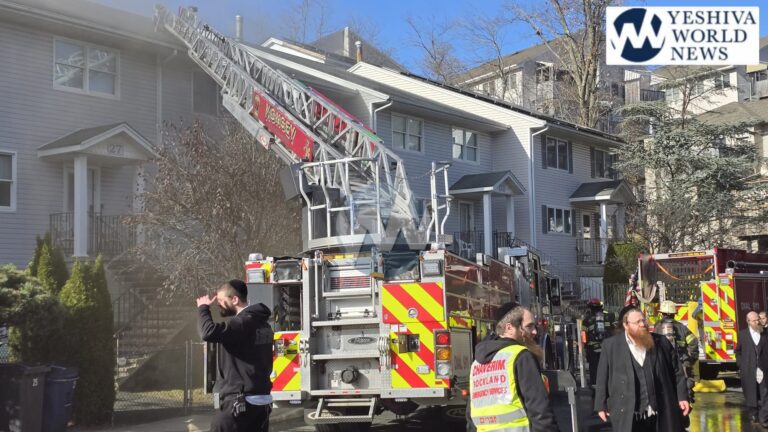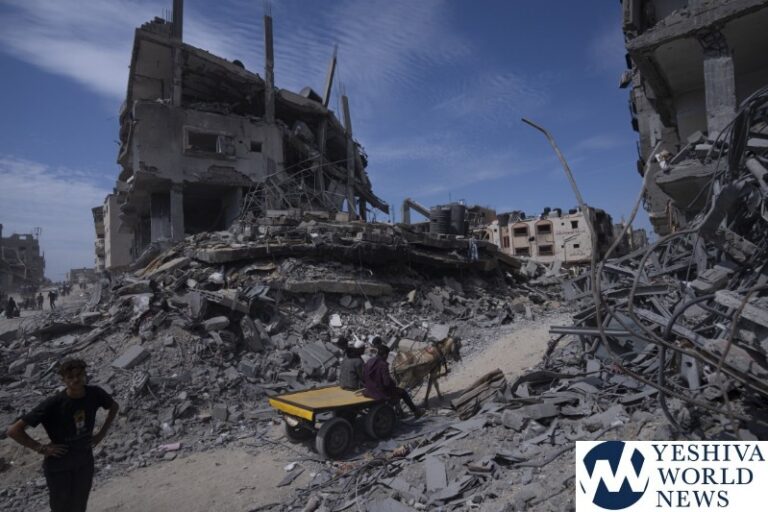 Seven thousand cubic meters of concrete were poured this week to form the base of the world’s largest underground hospital. For 36 hours running, shifts of 70 workers and 80 cement mixers worked to lay the foundation of the emergency facility, which is designed to withstand conventional, chemical, and biological attacks.
Seven thousand cubic meters of concrete were poured this week to form the base of the world’s largest underground hospital. For 36 hours running, shifts of 70 workers and 80 cement mixers worked to lay the foundation of the emergency facility, which is designed to withstand conventional, chemical, and biological attacks.
The night of Saturday October 9, 2010 marked the start of a crucial phase of construction at the Rambam Health Care Campus in Haifa, Israel. More than 70 workers at the site began to pour roughly 7,000 cubic meters of concrete, which will form the concrete base of Rambam’s protected emergency underground hospital – the largest facility of its type in the world – and underground parking lot. The pouring, which continued for more than 36 hours straight, involved 80 cement mixers that completed 1,000 rounds of mixing. To meet the deadline, four Haifa area concrete plants supplied materials around the clock.
According to Rambam Department of Engineering Director Aryeh Berkovitz, for two days following this effort, no concrete was poured in central to northern Israel. This is due to the fact that all related facilities, tools and personnel in the region were involved in the huge Rambam project.
RHCC Director Prof. Rafi Beyar commented, “This is a historic moment, not only for Rambam, but for the entire State of Israel. For a period of two years, we have coped with unexpected, difficult and weighty logistic problems regarding this construction. We overcame the obstacles, and with the help of our friends – donors and Ministry of Health officials – we are on the right path.”
This project is slated for completion by May 2012, at which time the three-floor parking lot will provide much-needed parking space for some 1,500 Rambam workers and visitors. In times of emergency, the lot can be transformed at short notice into a 2,000-bed hospital that is secure from conventional, chemical and biological weapons.
Not only underground, the emergency hospital will also sit eight meters below sea level. Designed to be self-sufficient, the hospital will be able to generate its own power and can store enough oxygen, drinking water and medical supplies for up to three days. Due to its special location, the facility’s construction has demanded unusual measures. Pumps have operated throughout construction – and will continue to the project’s end – 24 hours a day, moving millions of cubic meters of brackish groundwater to the sea, enabling the workers to carry out their mission.
The next major step in the Rambam complex construction – the concrete pouring for the foundation of the Ruth Rappaport Children’s Hospital – will begin on October 30, 2010. After that, work will begin on the new oncology and cardiology hospitals.
“Work is proceeding in a very ordered and professional manner,” says Aryeh Berkovitz, who reports that all construction is proceeding according to plan. Due to the project’s enormous scope and special nature, it has been making headlines. The recent cement pouring has received coverage on all major radio stations, TV channels and in the printed and online media throughout Israel.
Have you checked out YWN Radio yet? Click HERE to listen!
(YWN Israel Desk)











One Response
אם ה’ לא ישמור עיר שוה שקד שומר !!!